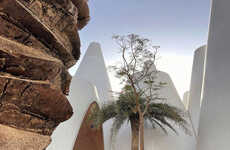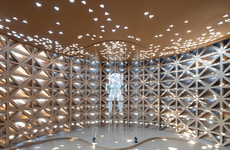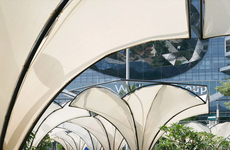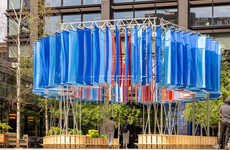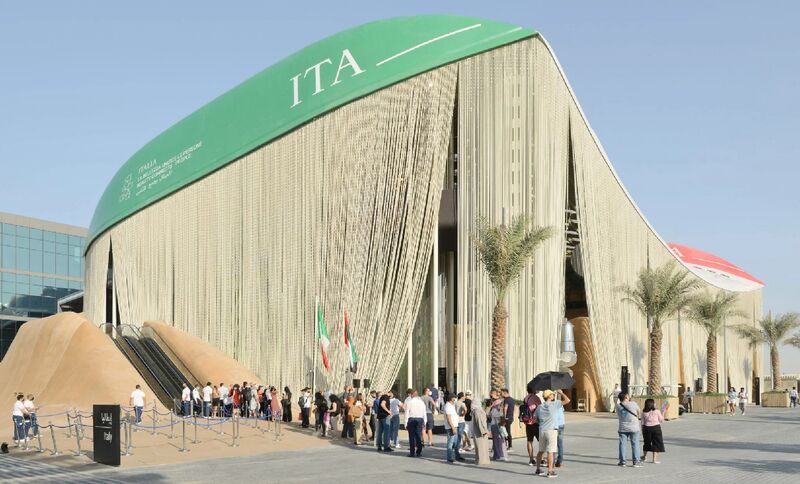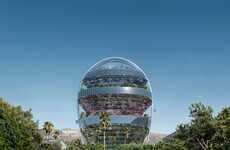
Carlo Ratti Associati's Pavilion Investigates Reusable Materials
Elena Rahman — October 5, 2021 — Eco
References: carloratti & dezeen
Carlo Ratti Associati's pavilion at Dubai Expo 2020 investigates the use of reusable materials for a sustainable design. The Italy Pavilion also utilizes material with natural cooling properties to reduce the economic and environmental strain of air conditioning.
Architects Matteo Gatto and Italy Rota designed the pavilion to include three boat hulls in collaboration with multidisciplinary studio F&M Ingegneria. The boats are located on top of the structure, surrounded by a curtain made from 70 kilometers of rope made from recycled plastic. Italy Pavilion is formed from 150 slender vertical steel pillars. The architects intended to portray how temporary structures can avoid wastefulness. Future builders can use this ideology for expositions, Olympic buildings, and others of the like.
Image Credit: Carlo Ratti Associati
Architects Matteo Gatto and Italy Rota designed the pavilion to include three boat hulls in collaboration with multidisciplinary studio F&M Ingegneria. The boats are located on top of the structure, surrounded by a curtain made from 70 kilometers of rope made from recycled plastic. Italy Pavilion is formed from 150 slender vertical steel pillars. The architects intended to portray how temporary structures can avoid wastefulness. Future builders can use this ideology for expositions, Olympic buildings, and others of the like.
Image Credit: Carlo Ratti Associati
Trend Themes
1. Reusable Materials for Sustainable Buildings - Creating buildings with environmentally friendly materials can lead to more sustainable designs and reduce economic strain.
2. Natural Cooling Solutions - Using materials with natural cooling properties can reduce the need for air conditioning and be more environmentally friendly.
3. Temporary Structures - Designing temporary structures with the intention of avoiding wastefulness can lead to more eco-friendly designs.
Industry Implications
1. Construction - The construction industry can utilize these trends to create more sustainable and eco-friendly buildings.
2. Exhibition and Events - Temporary structures such as those used for expositions and Olympic buildings can benefit from these trends to reduce the environmental and economic impact.
3. Environmental Services - Companies that offer environmental services can incorporate these trends to offer more sustainable solutions to their clients.
2.7
Score
Popularity
Activity
Freshness

